
You may hear more about yeast infections in the cloth diapering world. But it’s NOT because cloth diapers cause yeast infections! It’s only because yeast is FIERCE and needs to be treated properly. If a baby wears disposable diapers, the diapers just get thrown away and parents don’t need to worry about treating yeast spores left behind on them. However, if you use cloth diapers, you do have that worry. If you don’t make sure most of the yeast is dead and gone, you risk reinfecting the baby with an imbalance again.
So again, cloth diapers do not cause yeast, and cloth diapered babies are not more prone to yeast. Cloth diapering parents just have an extra step to do when it comes to treatment which is why you may hear about yeast rashes more in the cloth diapering world.
What Is A Yeast Rash?
All of us have a natural amount of yeast in our body. It just becomes a problem when we have an imbalance of it.
One way that can manifest in babies is in a diaper rash. A yeast rash is more than just a red butt. It can have raised, pimple-like bumps, make the skin raw & weepy, and last for days. It often shows up in the skin fold of the groin, too, since yeast likes warm, moist environments. Yeast has a tendency to reoccur, especially if you use cloth diapers and don’t treat the diapers.
How Do I Treat A Yeast Rash?
If you think your baby may have a yeast rash, the first thing you need to do is make sure the diaper area is staying clean and dry. Check the diaper frequently and change when needed, or better yet give the baby some diaper-free air time! Air is a great healer. When the baby is wearing a diaper, use a diaper cream as a barrier to protect against wetness.
Next, you will want to call your baby’s doctor/nurse line and see what they recommend. Many doctors will give you a rash cream recipe you can make with over-the-counter products. Other doctors may call in a special prescription cream. Either way, do not skip calling the doctor with a bad rash that doesn’t seem to be getting better. You don’t want your baby to suffer longer with it than he/she needs to!
Can I Still Use Cloth Diapers?
While your baby has a yeast infection, you will need to make a decision about your cloth diapers: do you want to continue using them and just do several courses of treatment, or do you want to switch to disposables until the infection has cleared so you can just treat your diapers once?
Neither answer is wrong. Some may not have a choice as their baby is allergic to disposables and it will only make the rash worse.
Treating Cloth Diapers After Yeast Infection
Bleach is the key to treating your cloth diapers after a yeast infection. I understand not everyone loves bleach, but it is what is going to be most effective. Other more “natural” ways of treating yeast are just not that effective, and you risk reinfecting your baby each time you think you finally got the rash gone.
Yeast is SUCH a pain to deal with–I really recommend you go for the bleach soak straight away.
Here are the steps to a bleach soak. You can do this in your washer, or if your washer doesn’t have the option to soak, in your bathtub.
- Start the washer (or fill the tub) and use cold water. Hot water can deactivate the bleach too quickly.
- Add 1/4 cup to 3/4 cup of bleach (1/4 cup for small load, 1/2 for medium, 3/4 cup for large).
- Agitate (or still in tub) to mix the bleach solution around to dilute it properly.
- Add your diapers.
- Soak for 30 minutes.
- Wash diapers with detergent and with hot water after the soak to break down the bleach.
Going Forward With Cloth
If you choose to continue to use cloth diapers during your child’s yeast outbreak, you should do the following:
1) Use a liner any time you are using prescription diaper creams or other non-cloth safe creams.
2) Add bleach to each wash, and continue to add bleach for at least TWO WEEKS after the rash is gone. Yeast is persistent. You need to treat at least 14 days past the end of the rash. This also goes for disposables if you choose to take a break from cloth–use disposable diapers for at least 14 days past the end of the rash).
You can add the same amount of bleach to each wash as you used for the soak, but the difference will be that you wash on hot, not on cold. That will allow the bleach to break down by the end of the wash cycle.


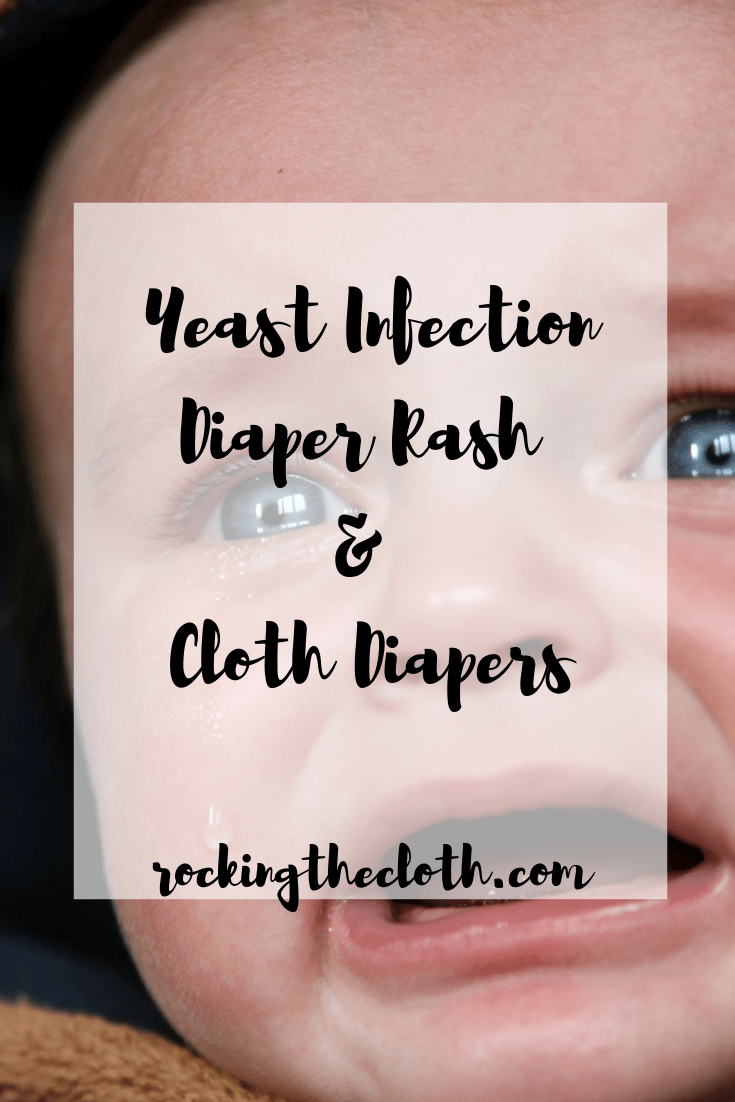
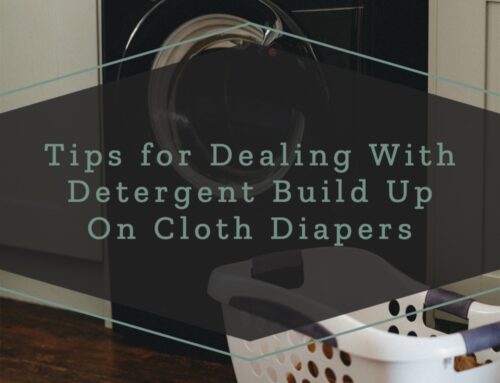
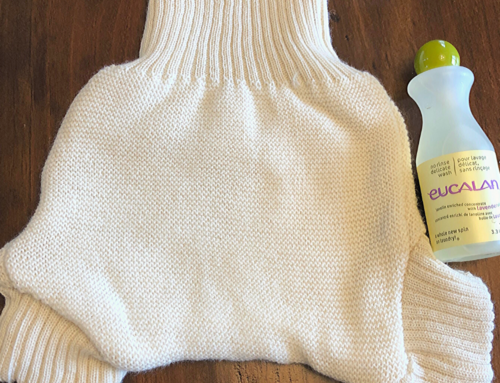
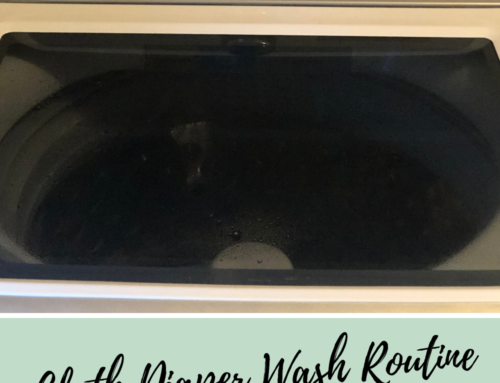
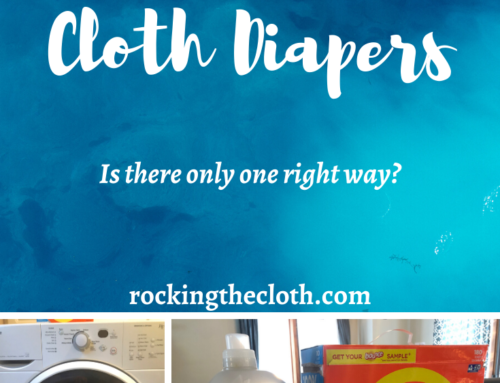
Hi Holly,
You have provided a very important post for all mothers who are using cloth diapers. Yeast infections are awful. You have nicely described what is yeast rash, why yeast infections occurred, how do I treat with this, what to do when yeast rash occurred and I still want to use cloth diapers and so on. I think this topic very important post to all the mother who uses cloth diaper for their baby.
Thank you so much for sharing such a helpful post. I will definitely share your post to others.
Thank you Monalisha!
We have had three children, and in our day there were no such thing as disposable paper diapers, and we had a tried and true method of beating nappy rash.
Firstly we changed the baby, as soon as we noticed any smell, or evidence of something happening.
We immediately changed baby, and rinsed off the nappy, then putting it into a bucket of water with soap and bleach.
When we had a batch of nappies, they were then washed, and dried in the sun, and fresh air,before being re-used.
Our standby in any case of nappy rash, has always been Fissan Paste, which is not only amazing for nappy rash, but also for heat rash or other types of rash, caused in body folds also, in adults or children.
Sounds like you guys had a great routine down!
Holly first of all I love that you are using cloth diapers. I did not know you could still get them. The disposable ones are not as disposable as they should be. We all need to be more thoughtful about our use of so called disposable products . The plastic ending up in the ocean is a huge concern for anyone who cares about the environment.
All of my children had cloth diapers and I never had a problem with yeast infection. Disposable ones were not available in those days. However I am sure some bubs are prone to yeast infection and you have given some excellent advice here for their mums to deal with it. . The diaper free time is good too. There is nothing like some fresh air on their skin to heal . We would use a fresh liner with every diaper change.
Thanks Judy!
Yeast infections are horrible! Luckily I have only had to suffer from a handful of these nasty little infections. They definitely can be persistent! And whats worse is that there is a balance between the naturally occurring yeast and bacteria. If you aren’t careful, you can cause bacterial overgrowth while treating the yeast! What a pain. Horrible to think of it happening to a baby in diapers, but it makes sense that it could. While I don’t have kids, I plan to one day and am interested in cloth diapers. This is very helpful 🙂
Thanks Sherry! Yeast infections certainly aren’t fun.